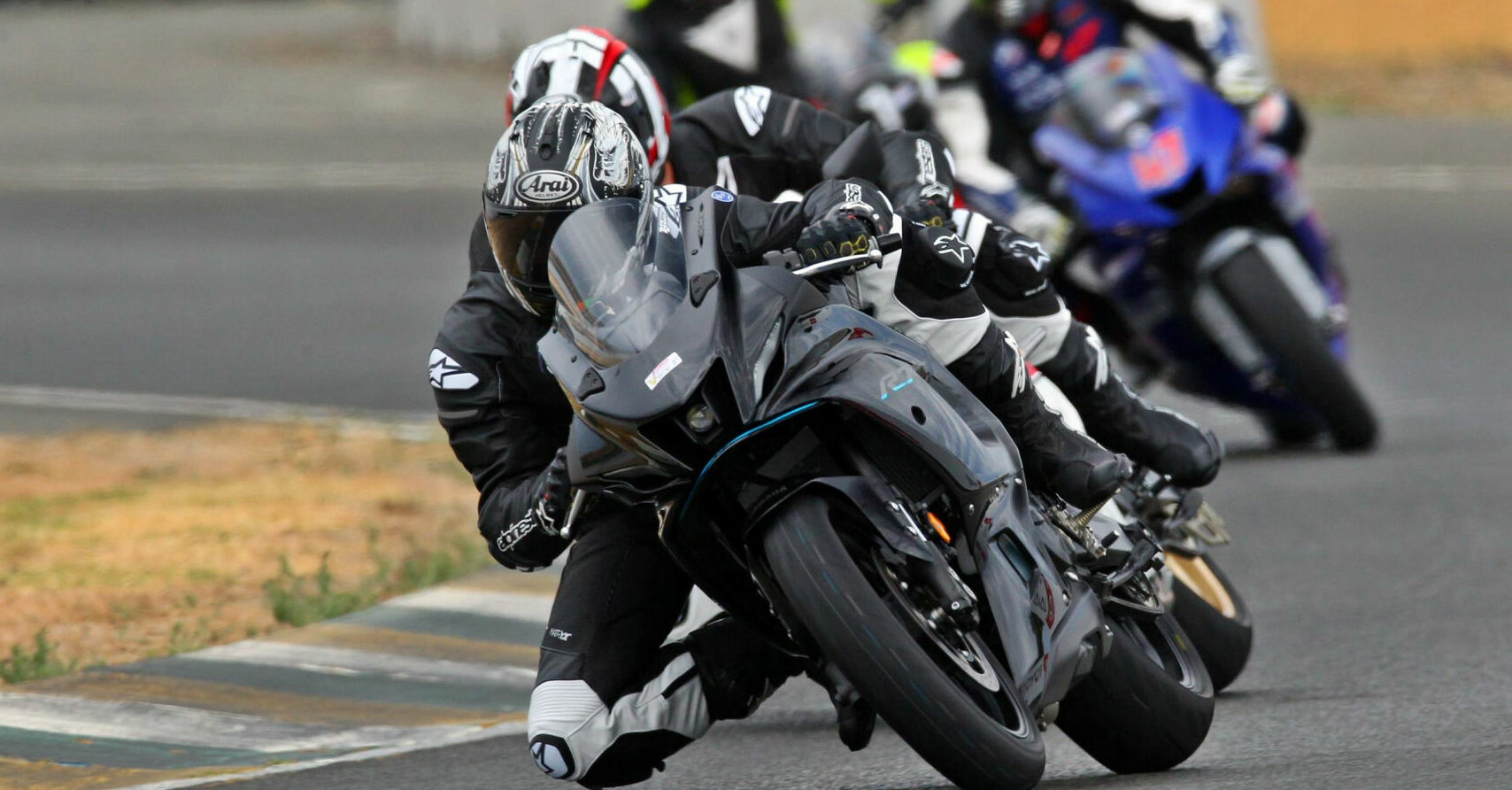Product Review: Alpinestars Tech-Air 10 Airbag System (and Alpinestars Fusion One-Piece Leather Suit)
By Michael Gougis
Crashing sucks. But each year, it sucks a little less, as protective gear companies advance the state of rider protection. At the professional level, it’s increasingly rare for a rider to miss an entire season because of an injury.
But protective gear has to actually function in the workplace of the racer or track day rider. It’s important that the gear not restrict their motion on the machine or their ability to operate the bike. And in the case of inflatable protection, it has to know the difference between a Marquez-esque save and a crash, and even if it goes off, has to leave the rider able to operate the motorcycle safely.
Alpinestars invited a group of journalists up to Sonoma Raceway to sample its latest track-oriented airbag system, the Tech-Air 10, and paired it with a Fusion one-piece riding suit. Guests of Z2 Track Days, we had the morning and part of the afternoon to sample the gear in its intended environment. Yamaha provided a quartet of YZF-R7s for us to play around on, so after the tech briefing, we were turned loose on the storied circuit.
Tech Overview
The Tech-Air 10’s biggest new feature is the addition of hip protection bladders. The biggest areas of concern, of course, are the back, chest and shoulders. Not only does good shoulder protection help prevent collarbone injuries, but it can also help mitigate neck injuries caused by the head being slammed to the side.
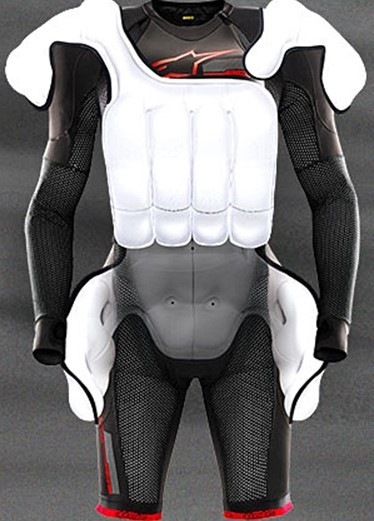
The new hip bladders cover the area of the rider’s body down to about mid-thigh. This change requires a couple of changes to the Tech-Air system. As the system is independent of the suit, the bladders are contained in a long-sleeve undersuit that comes down to mid-thigh. Because of the increased volume of the bladders, both of the argon gas canisters are fired in a crash, which means that the suit must be sent back for servicing after each deployment. Replacing the canisters costs $199; the bladders are good for three deployments. Servicing the suit and replacing the bladders costs $399.
The system contains 12 sensors–three tri-axial accelerometers and a single tri-axial gyroscope –that provide the data needed to determine when to deploy the airbags. Once the system determines that it is necessary to fire the airbags, they are fully deployed in 40 milliseconds, the company says.
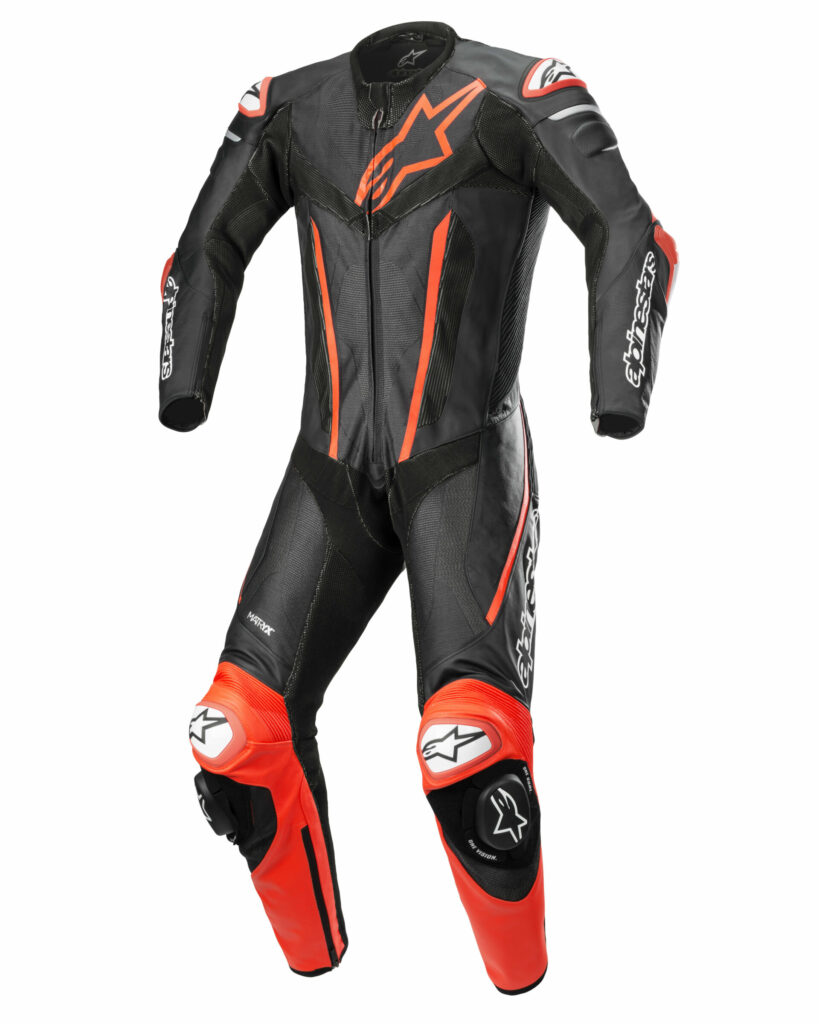
Why invest in an airbag system? Compared to leather only, passive armor–traditional back, chest, elbow, shoulder and knee protection–is a massive leap forward. Compared to passive armor, the level of protection provided by an airbag system is dramatically better. Alpinestars says that when deployed, the Tech-Air 10 system provides the same level of impact attenuation as 18 passive back protectors.
Also new for the Tech-Air 10 is a removable wireless LED display that can attach to the waistband of the system, can be tucked into a purpose-built pocket on the sleeve of certain Alpinestars models, or even attached via Velcro to a spot on the upper triple clamp or the dash. This eliminates the wire that ran down the sleeve of earlier models to an LED display built into the suit, and allows the system to be used with any suit.
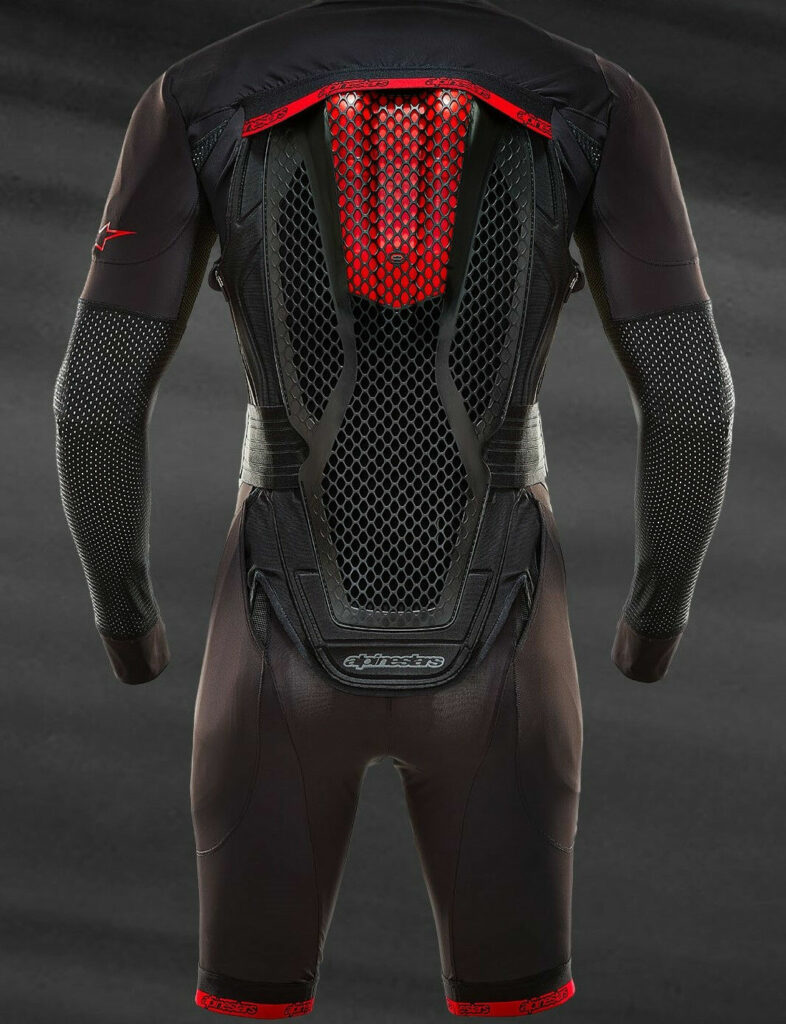
However, Alpinestars says the system should only be used with suits that have four centimeters of extra space around the circumference of the chest and two centimeters of extra space around the hips. Alpinestars representatives on hand for the intro said if a rider can zip up their leathers with a ping-pong ball in the chest area and move it about relatively freely, the suit is large enough.
The suit charges completely in four hours and provides 24 hours of use. A one-hour charge will provide six hours of use. The suit is active when the ends of the Velcro waistband are secured, so it is important to make sure that the waistband is not closed when the system is stored. Alpinestars says the medium size Tech-Air 10 system weighs 5.2 pounds.
As airbag technology advances, more and more suits are coming with larger and larger areas of accordion leather paneling, which allows room for the airbag to deploy. The Fusion one-piece suit I tested is constructed with RIDEKNIT stretch and perforated leather panels at the crotch, back of the leg, abdomen, chest, inner arms and elsewhere, and MATRYX textile panels on the thigh, abdomen, chest and aero hump. The accordion panels extend down to the bottom of the hips, allowing room for airbag deployment. The side benefit of all of this is the additional freedom of movement that comes with the extra flexibility of the suit itself. It’s getting to the point where the word “leathers” doesn’t adequately describe the sophistication of a modern track suit.
Riding On The Track
The Fusion suit doesn’t have a pocket for the removable Tech-Air 10 LED display panel, so I left it attached to the Velcro waistband. The suit’s battery charges the LED panel through a docking port in the waistband, so it is important to put that LED panel somewhere other than the docking port when the system is being stored.
Alpinestars reps on hand advised me to smooth out the bags against my body, to make sure that they were not folded on themselves. It took a moment to do that during the first fitting, and then I had no further issues all day.
In Race Mode (there is a street mode available as well, which can be selected via smartphone) the system automatically arms when it detects that the rider has been traveling faster than 37 mph for more than 10 seconds. When it detects that the rider has slowed, the system disarms itself.
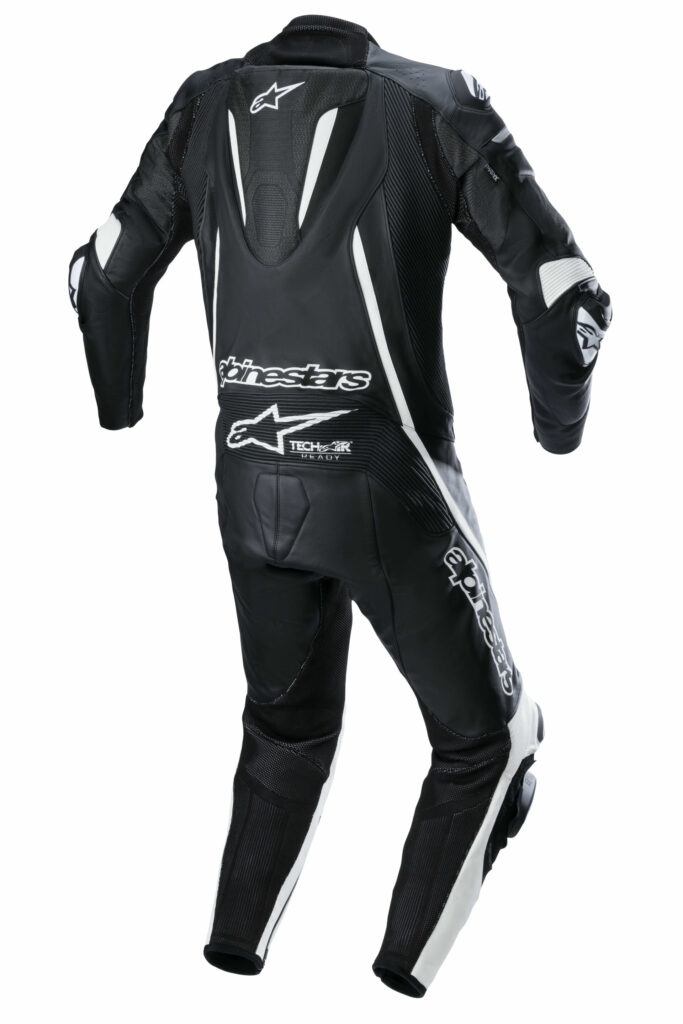
I didn’t notice the weight of the system once under way, and I didn’t feel restricted at all while riding. I was knee-down halfway through the first lap, and once I started really paying attention to my riding, I didn’t think about the suit at all. I always ride with chest protection on the track, and this actually felt less restrictive than my usual chest armor. On the other hand, the bladder in the chest region–obviously–blocks air flow, so on a hot day it will probably create a hot spot where traditional armor could be ventilated to allow air flow. Incidentally, Alpinestars incorporates a passive CE-certified back protector into the Tech-Air 10 system, so a separate back protector is not required. Passive chest or hip protection is optional, as long as there is room in the suit for the airbag to deploy, and the rider should retain the traditional passive protection in the elbows, shoulders and knees.
And as any technology matures, it becomes more affordable. The Tech-Air 10, with MotoGP-level protection, retails for $999.95. It costs more than passive armor, for sure. But take a look at a professional-level road race and watch the crashes. More often than not, the rider stomps away, their upper body looking like The Hulk because the airbag has gone off, angry rather than injured. As the protection and user friendliness of airbag systems goes up and the cost comes down, there is more and more to be said for upgrading something that better protects the rider and reduces the chance of an injury every time the rider goes out on a racetrack.






